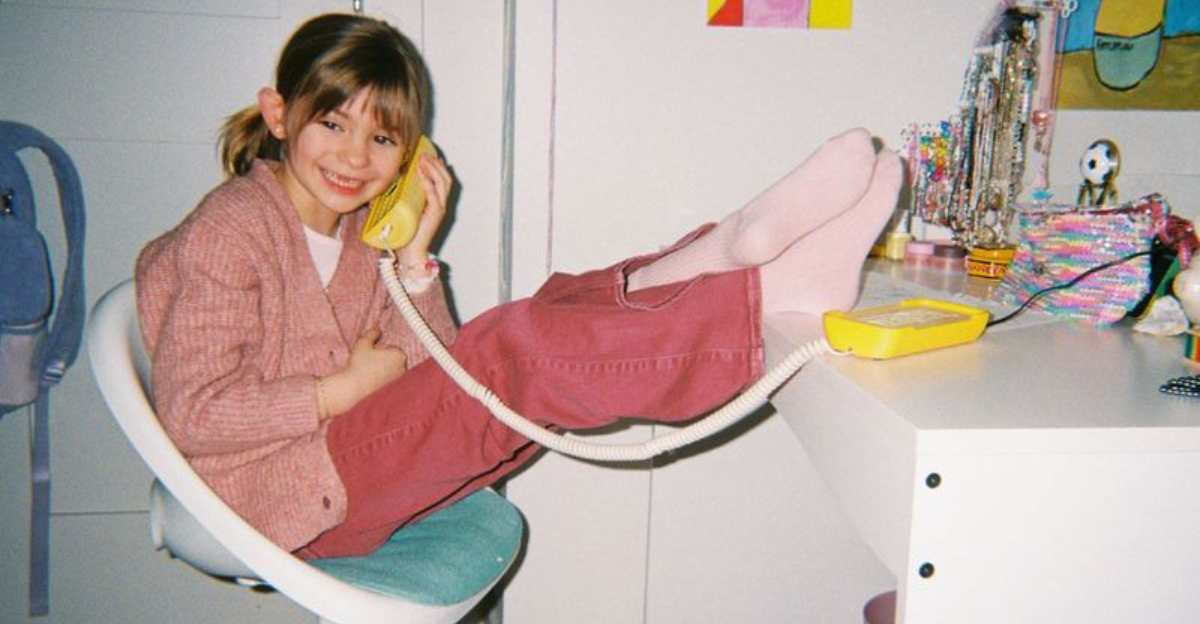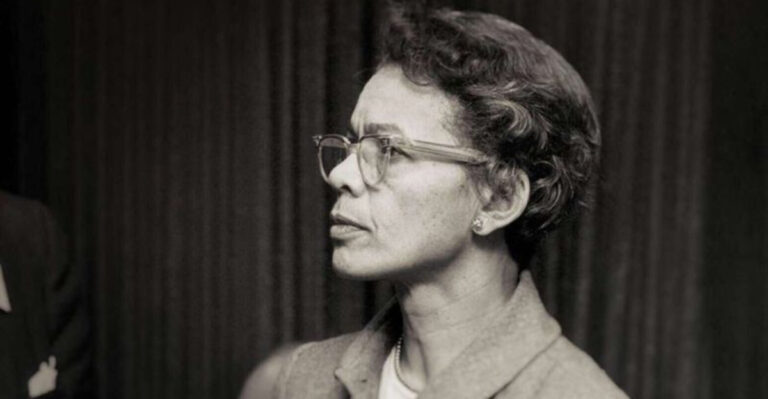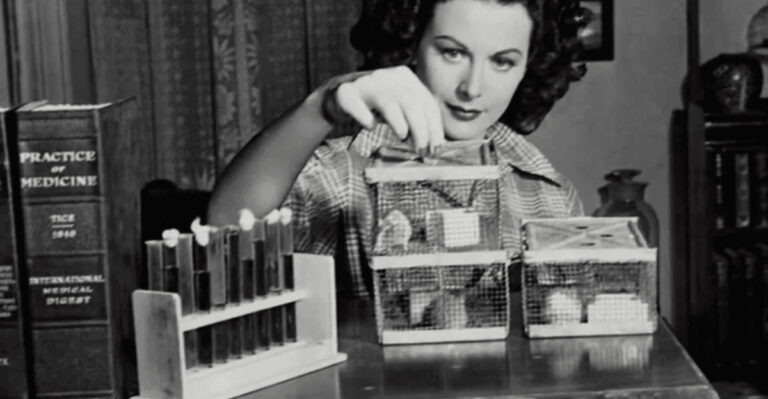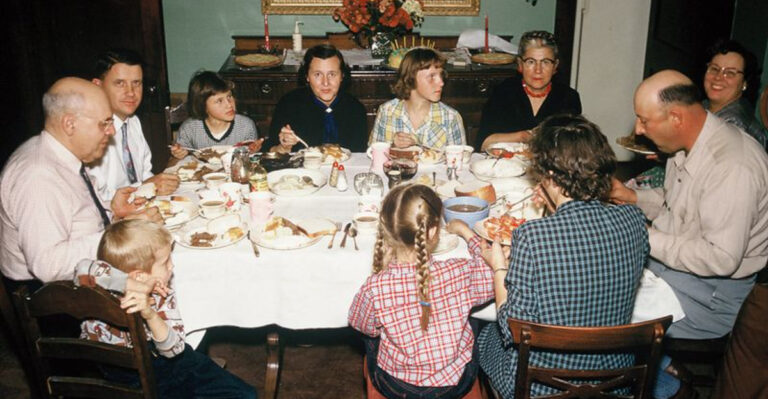15 Nostalgic Experiences Only ’90s Kids Will Understand
Step back into a time before smartphones and social media, when childhood was defined by quirky gadgets, simple joys, and unforgettable cultural phenomena. For those who grew up in the ’90s, these experiences were the pinnacle of youthful delight, encapsulating an era that was uniquely our own.
Whether it was the thrill of a new gadget or the simple pleasure of a Saturday morning cartoon marathon, ’90s kids lived through a vibrant tapestry of experiences that are fondly remembered today.
This blog post takes you on a journey through 15 quintessential ’90s moments that continue to evoke a wave of nostalgia for those who were there to live them.
1. Blowing into Nintendo cartridges like it was surgery
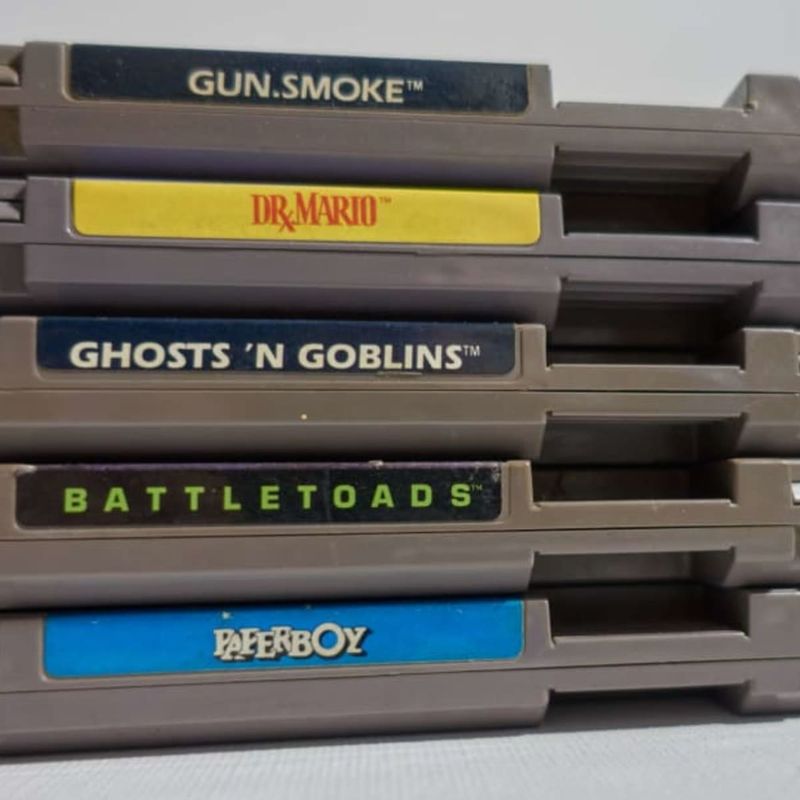
In the world of gaming, no ritual was as sacred as the precise art of blowing into a Nintendo cartridge. A generation believed in this magic breath to revive a stubborn game, treating each cartridge with surgical care and precision.
This wasn’t just gaming; it was a rite of passage, a mystical procedure passed down from sibling to sibling. Each puff of air was imbued with hope that Mario would once again leap across the screen.
Despite its dubious scientific backing, this act became a cherished ritual, a moment of zen before the chaos of pixels. It united gamers in a shared practice that was as much about belief as it was about gaming.
2. Burning your own CDs—and writing on them in Sharpie
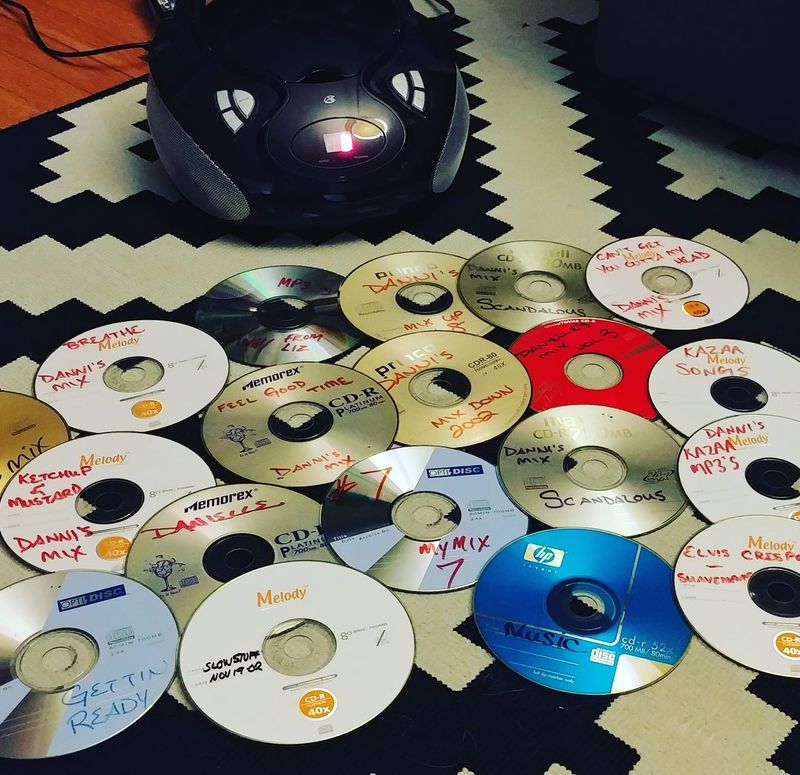
Creating the perfect mix CD was an art. With a blank disc and a Sharpie, teens curated soundtracks for every mood, etching titles with care and creativity. This bespoke music experience was a blend of technology and personal expression.
The satisfying whirr of a CD burner was the gateway to endless playlists, each song handpicked and savored. Sharing these mixes was an intimate gesture, a musical declaration of identity and taste.
It was a time when crafting the ultimate playlist required time and thought, ensuring each track flowed into the next. These CDs were more than music; they were a tangible piece of teen culture, shared and cherished.
3. Rewinding VHS tapes so Blockbuster wouldn’t fine you

Rewinding VHS tapes was an act of courtesy, a dance with magnetic tape to avoid the infamous Blockbuster rewind fee. This ritual was woven into the fabric of family movie nights, ensuring tapes were returned in perfect condition.
The whirring of the VCR as it diligently wound the tape back was a familiar soundtrack in households. It was a small, yet significant, part of the VHS rental experience, adding a touch of responsibility to entertainment.
Blockbuster, a beacon of cinematic discovery, was the epicenter of weekend plans. Returning tapes rewound was an unspoken rule, a nod to the next viewer and a salute to the shared joy of movie magic.
4. Having a landline phone—and knowing everyone’s number by heart
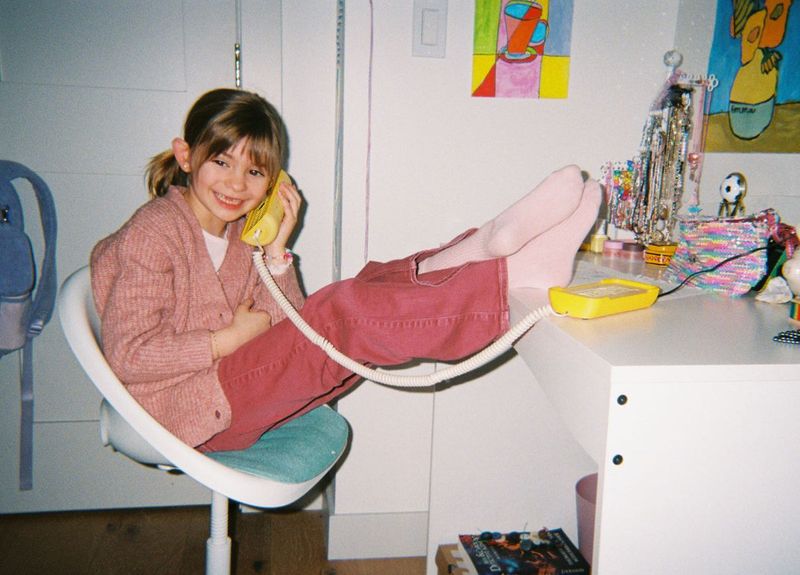
In a world before smartphones, the landline was the home’s communicative heart. Numbers were memorized, not stored, requiring a mental Rolodex of contacts. Remembering phone numbers was a badge of honor, a testament to friendship and kinship.
The phone cord’s endless swirl was a lifeline to friends, winding through conversations that sprawled across afternoons. Calls were often public, shared with anyone within earshot, adding a communal feel to private chats.
Landlines were more than phones; they were social hubs, grounding conversations in the family kitchen, where secrets were shared and laughter echoed. It was a simpler time, tethered to a physical connection.
5. Making friendship bracelets that meant everything

Friendship bracelets were tokens of affection, painstakingly woven with colorful threads and beads. Each knot was a symbol of connection, a promise of lasting friendship that transcended words.
Crafting these bracelets was a rite of summer camp and sleepovers, where creativity and camaraderie intertwined. Every bracelet was unique, reflecting the bond between giver and receiver.
These handcrafted treasures adorned wrists like badges of honor, silently communicating loyalty and friendship. The act of making and exchanging them was as meaningful as the vibrant threads themselves, binding friends in a tangible, heartfelt way.
6. Carrying your Tamagotchi everywhere—or it died
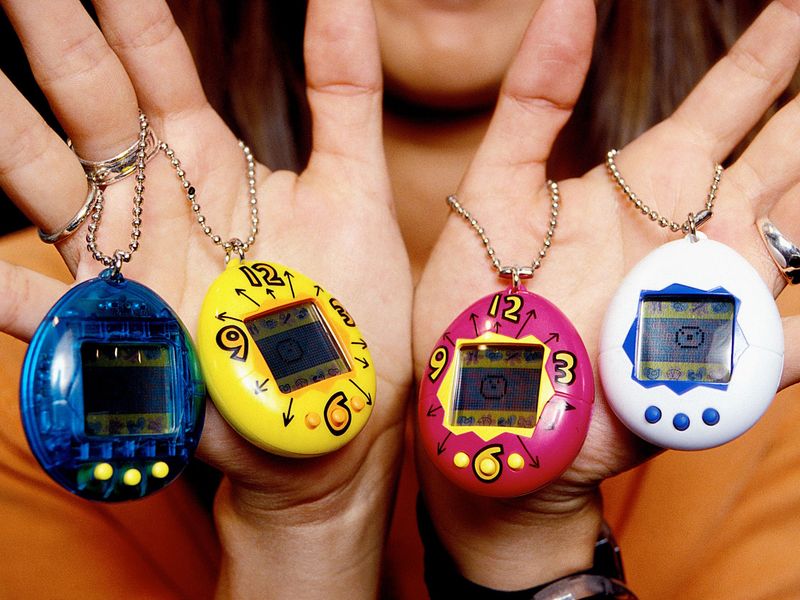
Tamagotchis were the ultimate pet for ’90s kids, digital companions that demanded constant care. These pixelated pets became extensions of their owners, carried everywhere to ensure their virtual vitality.
Neglect was not an option; a forgotten Tamagotchi quickly met its digital demise. Caring for these tiny creatures taught responsibility, with each beep signaling a need for attention or food.
A Tamagotchi’s life was a blend of joy and stress, as kids juggled school and play while nurturing their pixelated pals. This digital bond was a precursor to today’s virtual interactions, a simple yet profound connection.
7. Recording songs off the radio—hoping the DJ didn’t talk over the intro
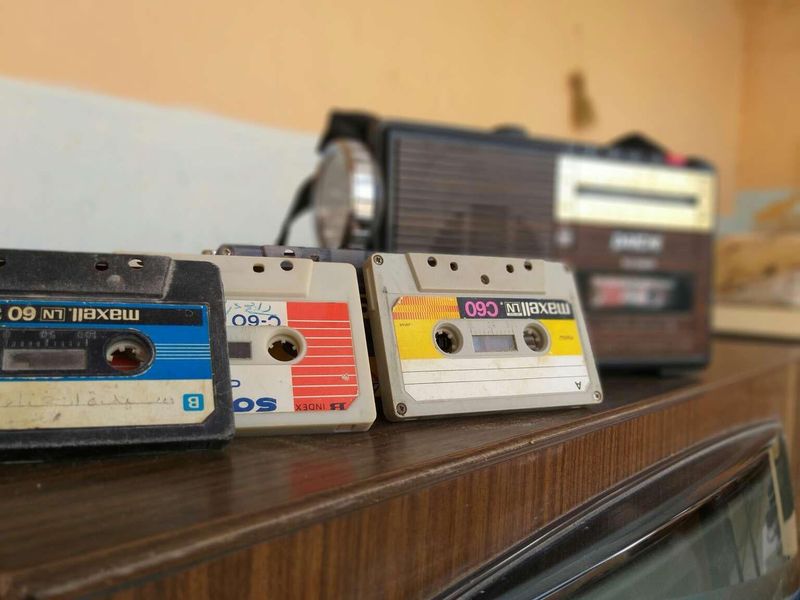
Capturing the perfect song from the radio was both art and science. With fingers poised over the record button, teens prayed for silence from DJs, yearning for unspoiled intros to their favorite tunes.
Every recording session was a test of patience and timing, crafting mixtapes that captured the essence of ’90s music culture. Each tape was a sonic snapshot, a curated journey through the airwaves.
Creating these tapes was an act of love, a tangible reminder of nights spent tuning in to favorite stations. Despite the occasional DJ interruption, each mixtape was a cherished collection of musical memories.
8. Hanging out at the mall for hours without spending anything

Malls were the social epicenters of the ’90s, where teens flocked not just to shop, but to socialize. Hours could be spent wandering through stores, savoring the sights and sounds without spending a dime.
Food courts were the default hangout spots, bustling with laughter and the aroma of fast food. Groups would gather, exchanging stories and plans under the glow of neon signs.
The mall was more than a shopping destination; it was a cultural hub, where friendships were forged and memories made. It offered a sense of freedom and community, a place to belong without the need for a purchase.
9. Passing notes in class like it was a spy operation
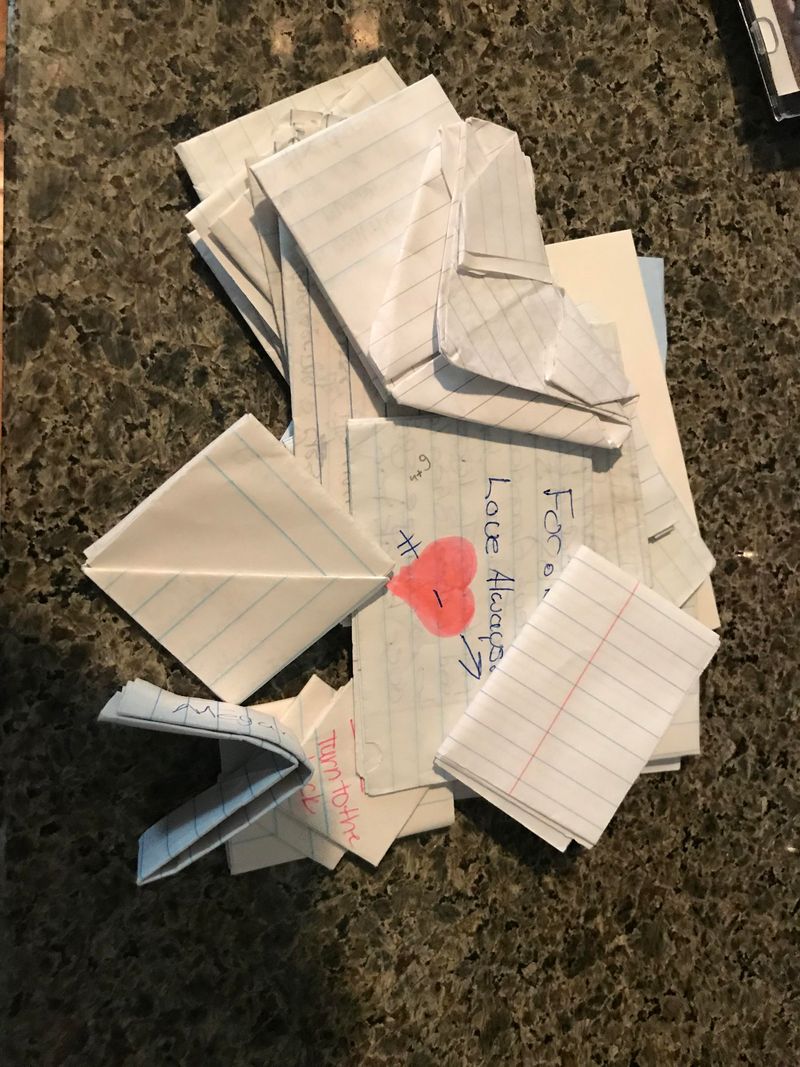
Passing notes in class was a covert operation, a delicate dance of stealth and ingenuity. Each note was a secret communication, folded with care and slipped surreptitiously between classmates.
These handwritten messages were the lifeblood of school social networks, carrying jokes, secrets, and the thrill of potential discovery. The art of the pass was as important as the content within.
In a pre-texting world, notes were a vital link, a tangible thread connecting friends across desks. The anticipation of a note’s reply added excitement to the school day, sparking connections and camaraderie.
10. Having your entire life in a Lisa Frank trapper keeper
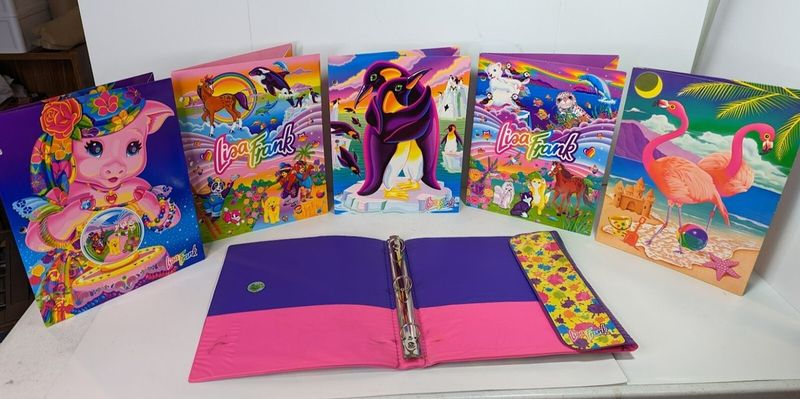
Lisa Frank trapper keepers were the epitome of school supply chic, vibrant organizers that held papers, pencils, and secrets. With their bold designs, they transformed schoolwork into a colorful statement.
Students cherished their trapper keepers, each one a portable gallery of rainbows, unicorns, and abstract art. They were more than just binders; they were expressions of personality and creativity.
These iconic organizers held the essence of ’90s school life, bursting with color and character. Owning one was a rite of passage, a bold declaration of style amidst the monotony of school supplies.
11. Saving AIM away messages like they were poetry
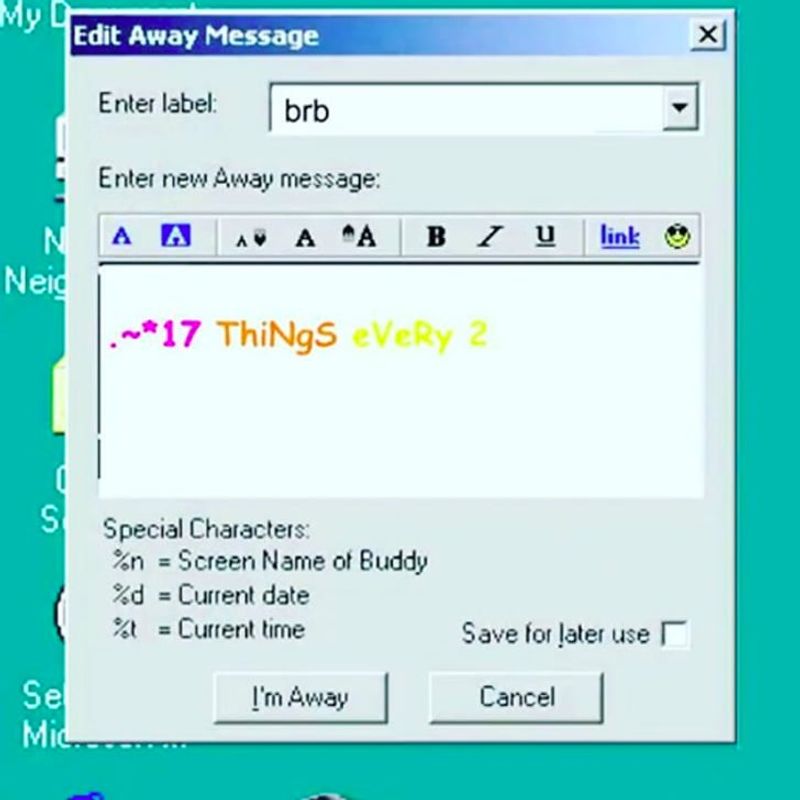
AIM away messages were digital post-it notes, each one a carefully crafted snippet of personality. Users meticulously composed these messages, infusing them with quotes, song lyrics, and status updates.
These away messages were a window into a person’s mood and world, offering a glimpse of their thoughts and feelings. They were more than placeholders; they were personal expressions shared with the digital world.
Crafting the perfect away message was akin to writing poetry, a blend of wit and emotion. In the era before status updates and tweets, they were the ultimate form of online self-expression.
12. Knowing the pain of dial-up internet
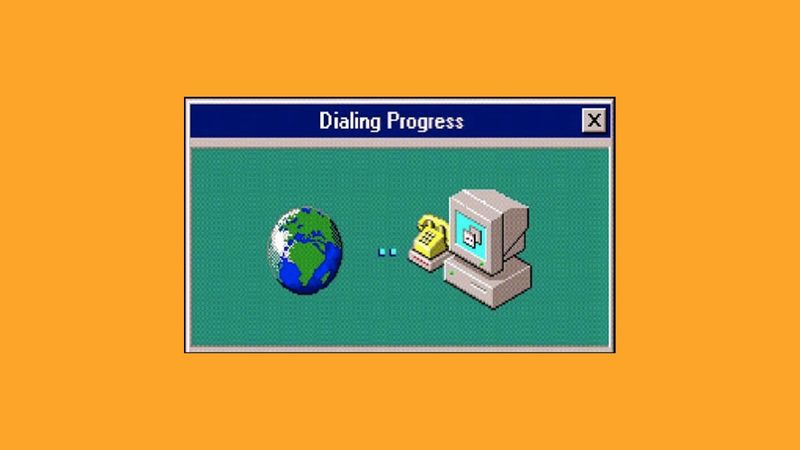
Dial-up internet was a marvel and a menace, a gateway to the web that came with the price of patience. The iconic symphony of beeps and static was the soundtrack of connectivity, a slow march into the online world.
The wait for a webpage to load was a lesson in endurance, with every pixel unveiling like a slow-motion reveal. Phone lines were held hostage to this connection, cutting off other communication.
Despite its sluggish pace, dial-up was a thrilling introduction to the digital world, an era of discovery and exploration. It taught a generation to savor the journey as much as the destination.
13. Watching cartoons on Saturday mornings—religiously
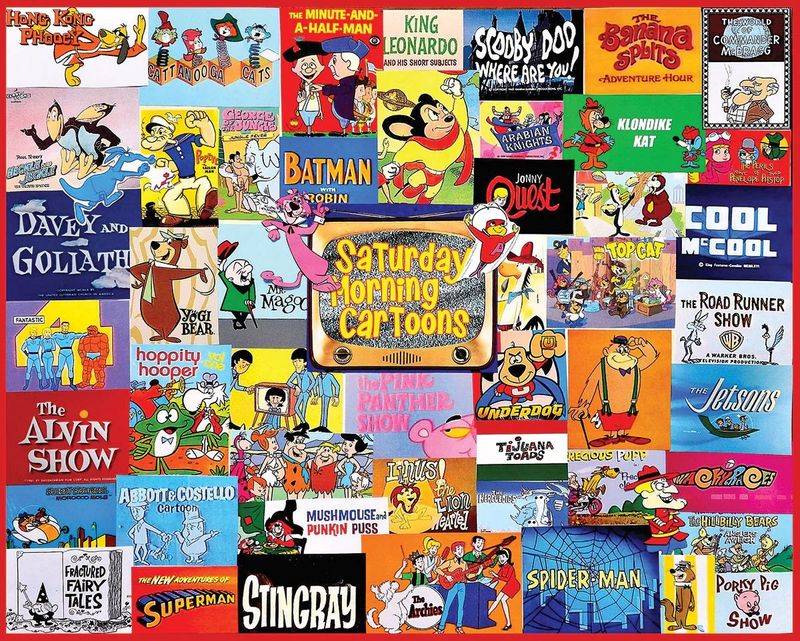
Saturday mornings were sacred, reserved for cartoons that filled the airwaves with laughter and adventure. Kids gathered in front of the TV, cereal bowls in hand, eyes glued to animated antics.
This weekly ritual was a joyous escape, a time when the world paused for colorful characters and fantastical stories. From superheroes to slapstick, each show was a beloved chapter in a childhood narrative.
These cartoon marathons were more than entertainment; they were a cherished tradition, bonding siblings and friends over shared laughter and excitement. The joy of these mornings remains a cherished memory for many.
14. Experiencing pure joy when your disposable camera photos turned out decent
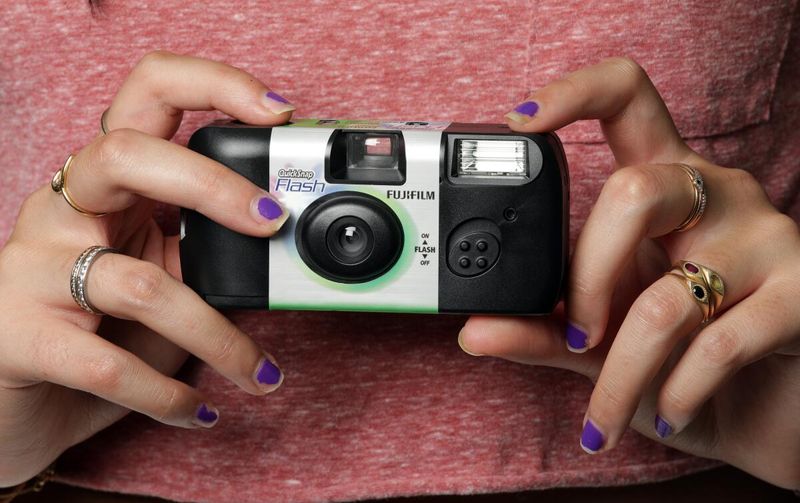
The thrill of developing a roll of film from a disposable camera was unparalleled. Each photo was a surprise, a slice of life captured in a flash, with no previews or do-overs.
Friends gathered around the envelope of prints, eagerly thumbing through images that chronicled their adventures. Every decent shot was a triumph, a moment to be relished and remembered.
These photos were tangible memories, pinned to walls or tucked into albums. Despite their imperfections, they captured the essence of moments that defined a generation. The joy in these snapshots was as real as the moments themselves.
15. Living through Y2K panic like it was a real apocalypse
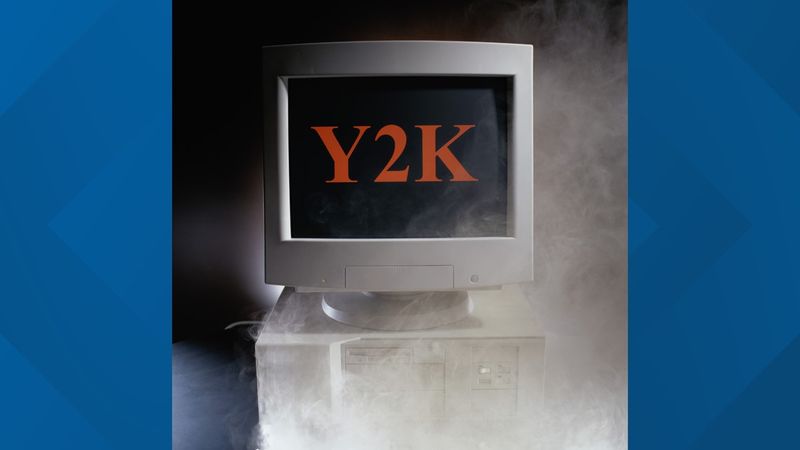
The turn of the millennium was marked by Y2K panic, a looming digital apocalypse that captured the world’s imagination. As clocks ticked toward midnight, anticipation mixed with apprehension.
Families stocked up on essentials, preparing for unknown chaos as they gathered around flickering screens. The millennium bug was a mystery, a code glitch that threatened modern life.
Although the stroke of midnight passed without disaster, the Y2K scare was a testament to the power of technology and imagination. It united the globe in a shared experience, a moment of collective breath-holding that has become legendary.

